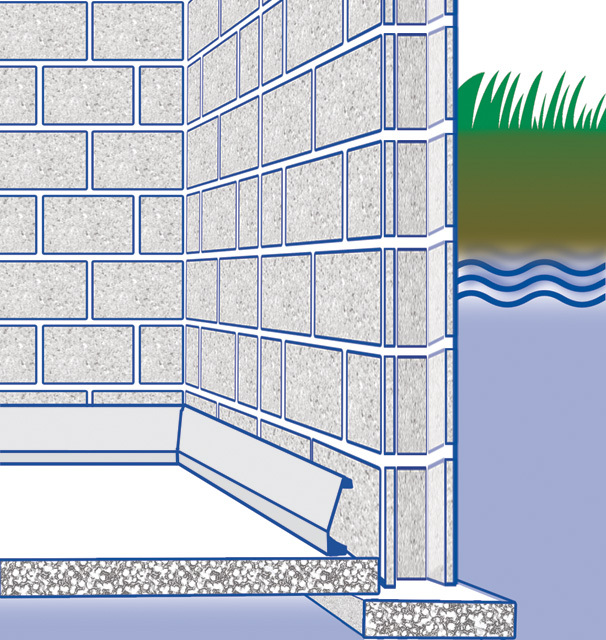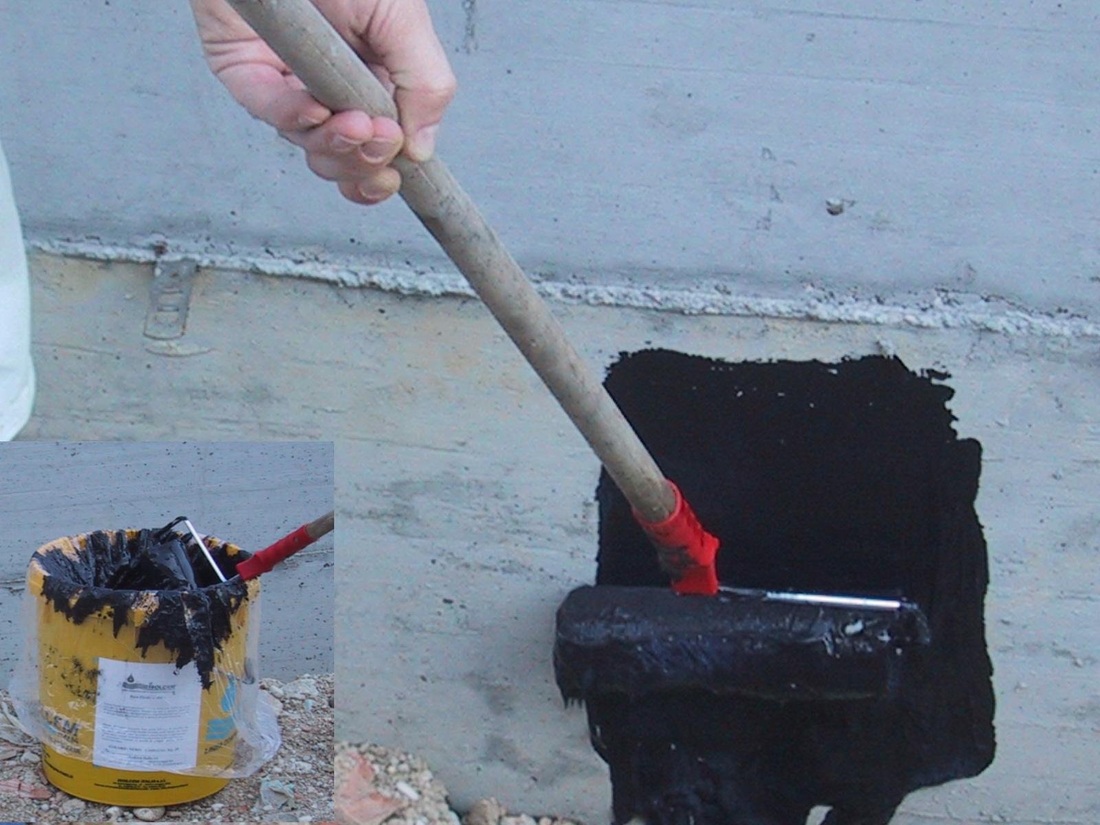Making a finished basement should revolve around whether it is waterproofed or not. There is no need to make a basement any more comfortable than it already is if it is not finished because putting valuable items in harm’s way will eventually lead to their destruction. For this reason, new basement waterproofing techniques have been perfected to protect against water damage.
Basements windows in general are damper areas because they are underground and are usually not ventilated as well as other rooms in the home. This encapsulation can lead to musty smells and general dampening of the entire room if water is introduced. Dehumidifiers are a very cost effective way of keeping the air down in the basement dry to prevent mold and other lesser forms of water damage.
Another viable option for a waterproof basement revolves around working on the exterior of the home. Making sure that dirt slants in a bowed manner away from the home that lies next to a foundation and ensuring that downspouts spill far enough away are two ideas for keeping this room dry. By filtering water away from the foundation, people can proof their basements from the outside in.
The next way to keep a basement dry is to make sure the walls are completely finished. Put up a protective coating of rubber polymer in two coats around the walls to seal the concrete layers of the foundation. Ensure that the walls are stripped and ready for a primer coat before applying this material to prevent leaks and other damages that can lead to water getting into a basement.
Finally, and probably the best way to finish this area of the home, is by adding a sump pump to the room. This piece of equipment should be dug into a hole in the ground around the corner or a low lying place in the basement so that any water runs directly to it. The pump will automatically turn on, pumping out water through the foundation to the ground.
New basement proofing ideas revolve around old ideas that have been modified to fit the twenty-first century. Dehumidifiers, sump pumps, exterior foundation care, and sealing walls are the best ways to prevent damage to this room in the home. Use a multifaceted approach and cover all bases to ensure that this room stays in pristine condition. This will cost a little bit of money, but the amount saved by not having to deal with water damage will be well worth the trouble.
Basements windows in general are damper areas because they are underground and are usually not ventilated as well as other rooms in the home. This encapsulation can lead to musty smells and general dampening of the entire room if water is introduced. Dehumidifiers are a very cost effective way of keeping the air down in the basement dry to prevent mold and other lesser forms of water damage.
Another viable option for a waterproof basement revolves around working on the exterior of the home. Making sure that dirt slants in a bowed manner away from the home that lies next to a foundation and ensuring that downspouts spill far enough away are two ideas for keeping this room dry. By filtering water away from the foundation, people can proof their basements from the outside in.
The next way to keep a basement dry is to make sure the walls are completely finished. Put up a protective coating of rubber polymer in two coats around the walls to seal the concrete layers of the foundation. Ensure that the walls are stripped and ready for a primer coat before applying this material to prevent leaks and other damages that can lead to water getting into a basement.
Finally, and probably the best way to finish this area of the home, is by adding a sump pump to the room. This piece of equipment should be dug into a hole in the ground around the corner or a low lying place in the basement so that any water runs directly to it. The pump will automatically turn on, pumping out water through the foundation to the ground.
New basement proofing ideas revolve around old ideas that have been modified to fit the twenty-first century. Dehumidifiers, sump pumps, exterior foundation care, and sealing walls are the best ways to prevent damage to this room in the home. Use a multifaceted approach and cover all bases to ensure that this room stays in pristine condition. This will cost a little bit of money, but the amount saved by not having to deal with water damage will be well worth the trouble.



 RSS Feed
RSS Feed